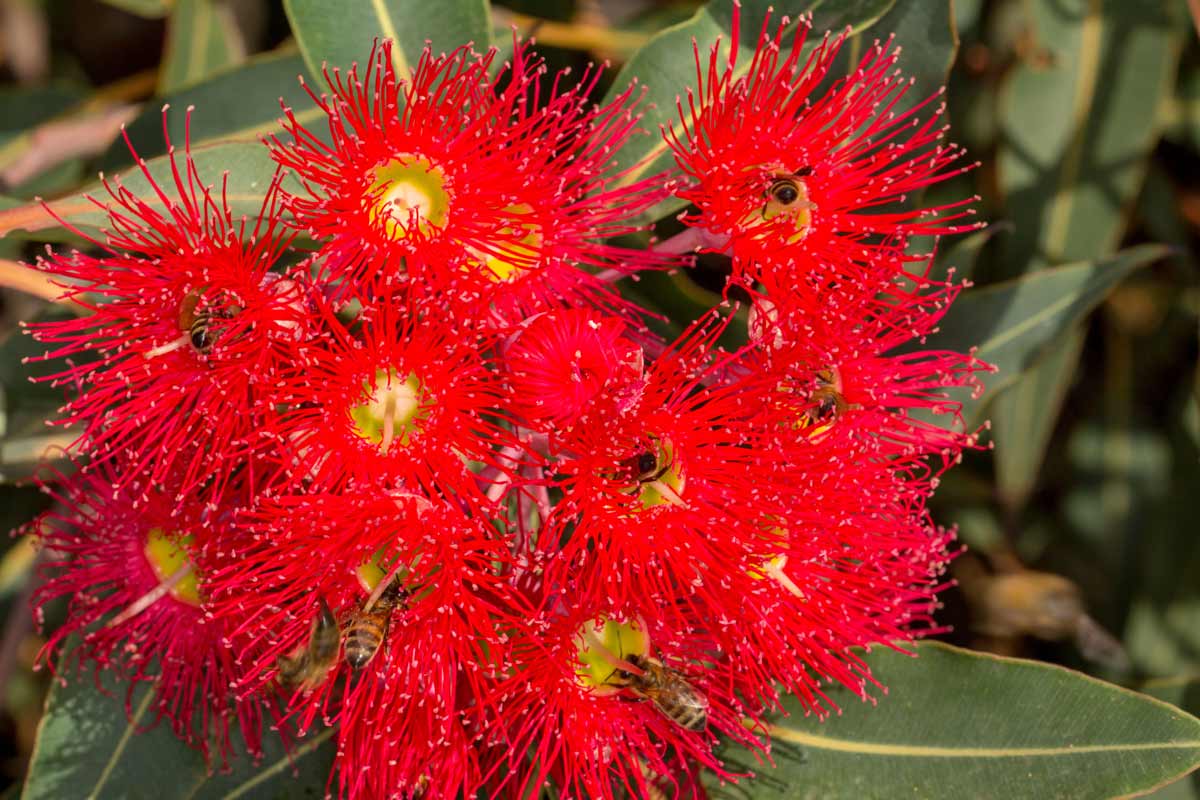By Karen Retra, Wild Pollinator Count
Do you provide water for birds and other animals during hot weather? Perhaps a birdbath or shallow dish of water in a shady part of the garden? Don’t forget our insect friends who also appreciate a helping hand.
The best way to support flower-feeding insects in your garden is to grow flowering plants! Many of our native insects rely on nectar for hydration, rather than other water sources. Plus, nectar and pollen are both important food sources. Popular insect-attracting choices are plants with open flowers like daisies (native or introduced) or some tough, long-flowering options for summer like grevilleas, geraniums, rosemary, salvias or some of the bottlebrushes. Some less obvious options include letting mint, basil, lettuce and brassicas go to flower.
At our place the native bluebells (Wahlenbergia) are currently teeming with small native bees. They dive into the little flowers head-first, bums in the air, and then zip from flower to flower as they collect the prized pollen.
No garden? Consider giving a nearby street tree a drink, which in turn provides shelter and food to insects and other wildlife. There are some stunning ‘gums’ currently flowering on nature strips around Albury-Wodonga and providing energy-rich nectar.
Don’t be tempted by social media images that suggest putting out sugary or honey water for bees. Beekeepers may feed bees in tough times, such as following the fires, when there is a lack of flowering plants to provide nectar and pollen. However, offering sugary water to bees in our backyards can make bees sick. It could also contaminate a beekeeper’s honey, risk spreading diseases or attract unwanted insect visitors, like European wasps.
A better option for insects who do access water, like honey bees and butterflies, is to create a ‘hydration station’. It could be an existing birdbath, but as these insects don’t swim, provide something they can sip from without falling in. Try shallow sided containers or add plants, rocks or floats the insects can land on. Keep your birdbath topped up but also change the water regularly to ensure you’re not breeding our less loved friends, the mozzies, or algae.
Best of all, enjoy getting out in the garden and watching the smaller species of wildlife that are the engine room of productivity for our gardens and surrounding landscapes.

